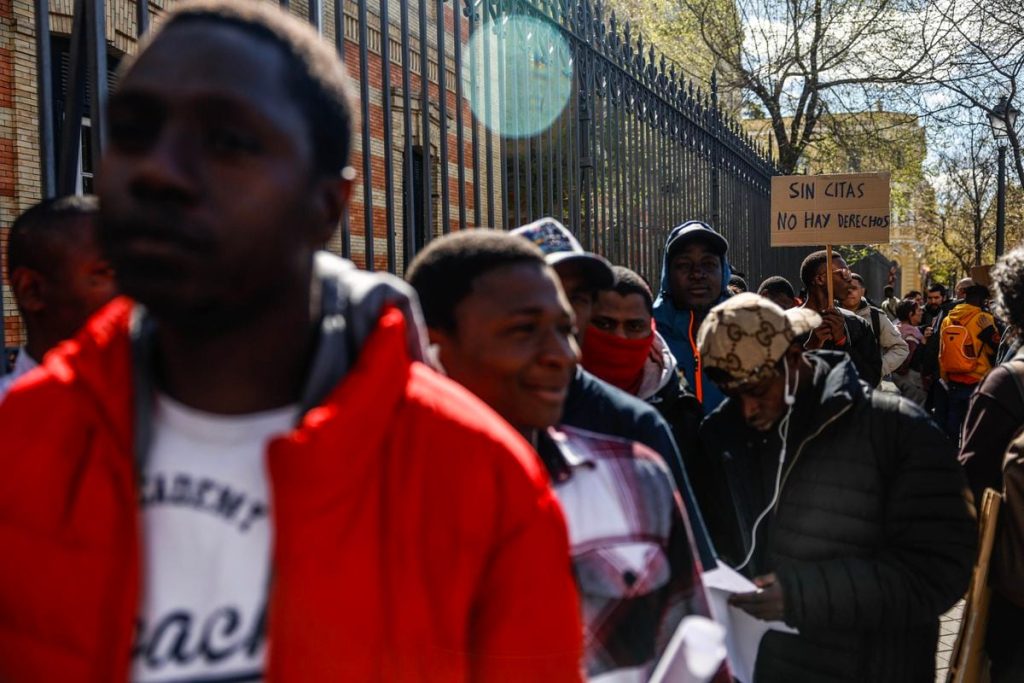The Ministry of Inclusion, Migration, and Social Security in Spain has approved an extraordinary budget of 49.3 million euros to alleviate the collapse of the asylum system due to the prolonged war in Ukraine and the arrival of tens of thousands of people in boats in the Canary Islands. With the resources for the entire year of 2024 already depleted by March, the asylum system is operating at 99% capacity, leaving little room for any contingency and keeping hundreds of people waiting to access the system. The injection of funds aims to create 6,426 new spots per month from April to October to alleviate the waiting list and provide faster assistance to vulnerable groups such as women, families, and the sick.
Despite the additional funding, there are concerns that it may not address the structural deficiencies of the Spanish asylum system. Spain has been experiencing record numbers of asylum requests over the past five years, with Venezuelans, Colombians, and Central Americans being among the top applicants. However, the resources allocated to the asylum registration and processing, under the Ministry of the Interior, are insufficient to meet the demand. The Office of Asylum under the Ministry of the Interior is overwhelmed and takes over two years to process applications, delaying the rotation of shelter spots and leading to a majority of applicants not receiving protection.
The issues with the asylum system in Spain have been evident since 2019 when families seeking asylum were forced to sleep on the streets due to a lack of beds. The situation worsened in 2020 when 8,000 asylum seekers were left waiting for spots that the system could not provide. In 2022, the war in Ukraine caused a massive displacement, with Spain accommodating up to 24,000 new spots, largely in hotels. Despite many Ukrainian refugees leaving the system, they still make up a significant percentage of those in the network. The difficulties in sociolabor integration, particularly for women with children, have hindered the release of spots in the system.
Another factor straining the asylum system has been the irregular arrivals by sea, particularly in the Canary Islands, with refugees fleeing political instability in West African countries like Mali and Senegal. The Spanish asylum system consists of three phases, focusing on evaluating the needs of asylum seekers, preparing them for autonomy, and providing support for independent living for recognized refugees. The cost per spot in the first two phases is 56.75 euros per day, while the last phase is 32 euros per day. With a reliance on NGOs and minimal public spots, efforts to expand the system have faced challenges from local governments.
There is a call for a deeper reflection on the asylum model in Spain to develop a permanent and robust system that does not rely on temporary peaks caused by conflicts or high arrivals. Collaboration among all relevant authorities in integration efforts is essential for a comprehensive and sustainable asylum system. Despite the immediate financial boost, there is a need to address the longstanding structural issues within the asylum system to ensure adequate support for asylum seekers in Spain.















